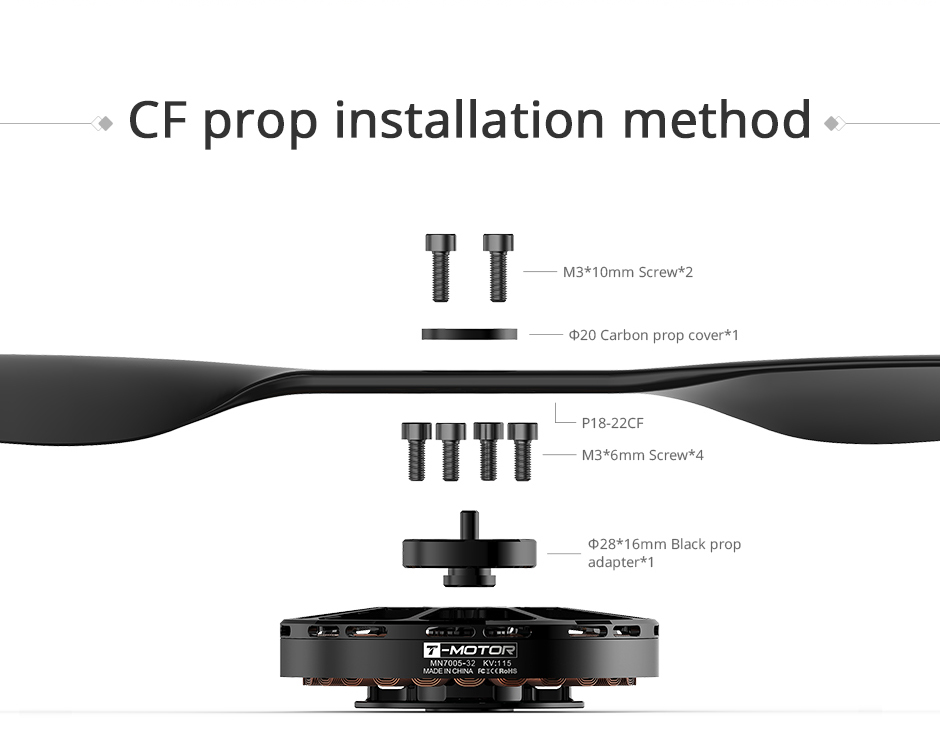Maintenance Tips for Drone Motor
Welcome to our comprehensive guide on maintaining drone motors for optimal performance and longevity. Drones have become an indispensable tool in various industries, from photography and videography to agriculture and surveillance. Like any other mechanical device, drone motors require regular maintenance to ensure they operate efficiently and reliably. In this article, we will delve into maintenance tips specifically tailored to drone motors, helping you extend their lifespan and maximize their performance.

Before diving into maintenance tips, it's essential to understand the basics of drone motors. Most drones utilize brushless DC motors due to their efficiency, reliability, and longevity. These motors consist of several key components, including stator coils, rotor magnets, bearings, and electronic speed controllers (ESCs). Understanding how these components work together is crucial for effective maintenance.
Pre-flight Inspection
The first step in maintaining your drone motor is conducting a pre-flight inspection. Before every flight, thoroughly examine the motor and surrounding components for any signs of damage, wear, or debris accumulation. Check for loose screws, damaged wires, or bent propeller shafts, as these issues can affect motor performance and lead to catastrophic failure mid-flight.
Cleaning and Lubrication
Regular cleaning and lubrication are vital for keeping drone motors in optimal condition. After each flight, gently remove any dirt, dust, or debris accumulated on the motor and propellers using a soft brush or compressed air. Avoid using harsh chemicals or excessive force, as these can damage delicate components. Additionally, lubricate the bearings and propeller shafts with a small amount of high-quality lubricant to reduce friction and prevent premature wear.
Proper Storage
Proper storage is key to maintaining Fpv Racing Drone Motor when not in use. Store your drone in a cool, dry place away from direct sunlight and moisture to prevent corrosion and damage to electronic components. Invest in a protective case or bag to shield your drone from dust, dirt, and impacts during transportation. Ensure the propellers are removed before storing the drone to prevent stress on the motor shafts.
Regular Calibration
Calibrating your drone's electronic speed controllers (ESCs) is essential for optimal motor performance. Follow the manufacturer's instructions to calibrate the ESCs regularly, ensuring they are synchronized and operating within specified parameters. Improper ESC calibration can lead to erratic motor behavior, reduced efficiency, and increased risk of motor failure.
Propeller Maintenance
Proper maintenance of propellers is crucial for ensuring smooth and efficient motor operation. Inspect the propellers for any signs of damage, such as chips, cracks, or bends, and replace them if necessary. Balance the propellers using a specialized balancing tool to minimize vibration and reduce stress on the motors. Additionally, ensure the propellers are securely attached to the motor shafts to prevent mid-flight detachment.
Temperature Management
Temperature management is critical for preventing overheating and premature wear of drone motors. Avoid flying your drone in extreme temperatures, as both cold and hot weather can affect motor performance and efficiency. Allow the motors to cool down between flights, especially after prolonged or intense use. Consider investing in cooling accessories, such as heat sinks or fans, to dissipate excess heat and maintain optimal operating temperatures.
Conclusion
In conclusion, proper maintenance is essential for maximizing the lifespan and performance of UAV Motor. By following these maintenance tips, you can ensure your drone operates reliably and efficiently, whether you're a hobbyist or a professional pilot. Remember to conduct regular inspections, clean and lubricate components, calibrate ESCs, maintain propellers, and manage temperatures to keep your drone in peak condition. With proper care and attention, your drone motors will continue to deliver smooth, reliable performance for countless flights to come.

评论
发表评论